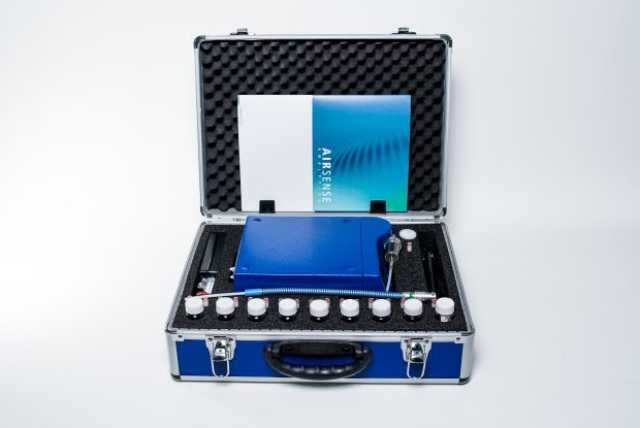SCHWERIN, Germany – According to a scientific study published by Science Direct (Journal of Food Composition and Analysis), more than 1,000 volatile organic compounds have been identified in coffee. These compounds are created during roasting and belong to various chemical classes, such as phenols, alcohols, esters, and furans. Together, they contribute to the flavor and aroma of coffee. In essence, different combinations of these compounds are part of the reason why one cup of coffee tastes different from another.
Referring to another study published in Food Chemistry, researchers used various gas chromatography devices to analyze the volatile compounds in eight samples of roasted coffee. They also employed a so-called electronic nose, a sensory device with a curious name, used to precisely detect aromas or flavors.
The Portable Electronic Nose System by Airsense Analytics
Speaking of electronic noses, there is PEN, also known as the E-Nose, a compact gas identification system developed by Airsense Analytics, one of the world’s most recognized providers of safety and security equipment, based in Schwerin, Germany.
PEN can also be useful for coffee-related applications. The detection of the gases is performed with an array of gas sensors.

Single compounds or mixtures of gases can be identified, after a training stage, by using the pattern generated from the sensors.
Using various algorithms, the instrument is able to identify up to 10 different compounds, or provides a straightforward answer like “Good-Bad”, “Yes-No” depending on the needs of the user. The instrument can also deliver a quantitative statement.
Because of its particular sampling strategy their detector can be operated in the laboratory, or in mobile applications in the environment as well as online for process control applications.


















